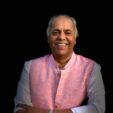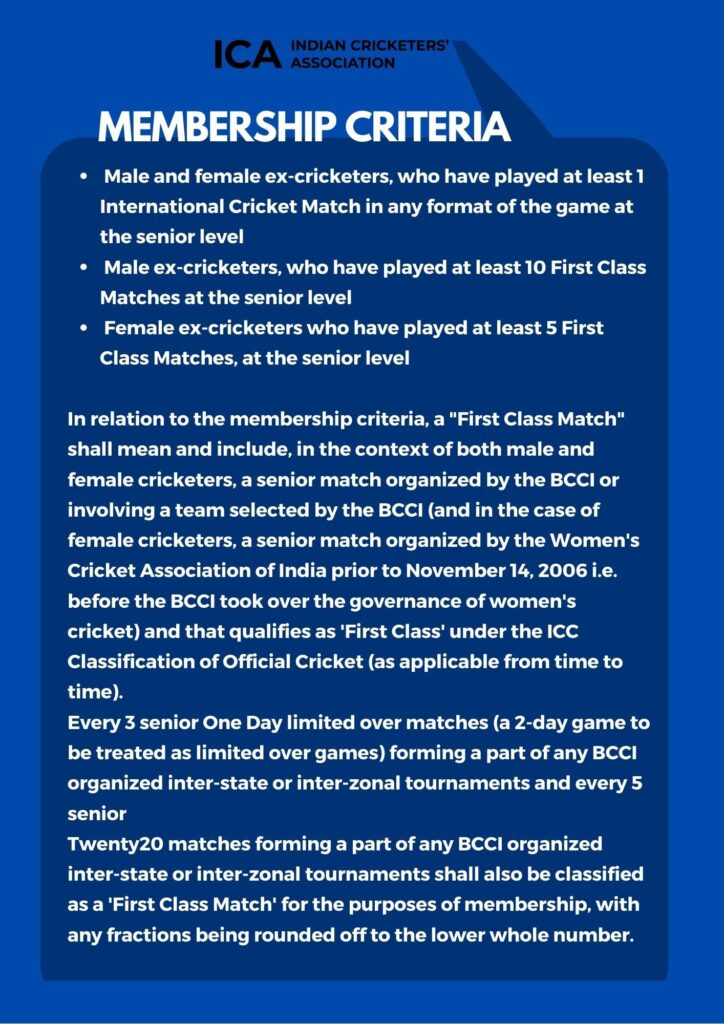ANALYSING CRICKETERS IS A BOOKWORM’S PASTIME AT PRESENT

By: Yajurvindra Singh
Email: sunnybilkha@hotmail.com
March 11, 2022: Cricket is one sport that brings about unending debates. The uncertainty of the game, conditions and players’ performances are so variable that multiple views come into play. This is what makes it ripe for easy picking when arguments ensue between people who follow it religiously.
Sunil Gavaskar was a recipient of backlash when he was asked an irrelevant question by a journalist during an interview relating to the untimely demise of Shane Warne, as to whether “Warne” was the greatest spinner of all time. Gavaskar quite rightly disagreed indicating that Muttiah Muralitharan was his preference.
The press and social media went haywire as to how insensitive Gavaskar’s response was, without giving a thought as to whether he was right or not. One recalls a similar question whether Warne was the best leg-spinner of all time. This was put to the greatest Test player to ever adorn whites, Sir Garfield Sobers. His answer may have surprised many when he said, “No, Subhash Gupte”, the Indian leg spinner, was the best he had ever seen. Not many could dispute it as it came from the master cricketer, even though Gupte may not have taken as many wickets as the others.
Unfortunately, cricket breeds plenty of bookworms. The averages, the runs scored, wickets and catches taken becomes a joyful pastime for many to compare legends of the game from different eras. Sometimes I cringe when asked whether Sachin Tendulkar was better than Sunil Gavaskar and now it is the same with Virat Kohli. Each one of them would have been a champion in whichever era they played and, therefore, comparing their performances and analysing it to the hilt is just being stupidly naive.
This brings one to a very interesting issue, when arriving at an ideal and factual valuation of the runs scored or the wickets taken over 145 years of Test cricket. One wonders as to how many additional runs or wickets one needs to add to each cricketer’s performance over every decade to give one the true reflection of a cricketer’s performance. When one sees the enormous numbers which reflect a present cricketer’s mark-sheet, the efforts of many of the greats of cricket seem miniscule in comparison.
A few good examples to elaborate this would be whether the guile of an Anil Kumble was much superior to that of India’s two great leg-spinners – BS Chandrasekhar and Subhash Gupte. The recent surpassing of Kapil Dev’s heroic 434 wickets by Ravichandran Ashwin and the 417 wickets taken by Harbhajan Singh makes EAS Prasanna, considered to be India’s best ever off-spinner, look way behind them. One does not demean the superlative performances of any of these modern masters of spin bowling, but how does one truly analyse the true value of each one of them, is something still uncertain.
When I was spearheading Wisden’s India operations, we decided to analyse various team and individual performances of Test cricket and cricketers. One such initiative in 2002 was to highlight the top-100 batting performances in the 125 years of Test cricket then. One was surprised when India’s superstar batter, Sachin Tendulkar, did not feature in it. We had nearly 16 parameters covering and ensuring the variables that cricket provides but the outcome was quite bewildering. One would have expected Tendulkar to be very much there, being the best batsman then. This is where performances by the book differ from reality.
This also brings one to the phenomenal runs being scored in domestic cricket. Centuries, double and triple seem to be frequently achieved. One does understand that earlier the first-class Ranji Trophy games were of three days and points were of prime importance in qualifying for the knockouts. However, a century then was not easily achieved and a double and triple was a rarity. The word that goes around is that the quality of bowling has diminished drastically at the first-class level. If that were so, then pray how, when given an opportunity, these very same domestic bowlers seem to perform successfully when given a chance at the international level.
One then moves on to add that the batsmen have improved significantly and when one sees the list of batters heading the domestic scenario, none of them are playing International cricket for India.
One of the major factors contributing to this plethora of runs in both international and domestic matches is the significant improvement in the quality of bats. A forward defensive push both straight and through covers seems to be now referred to as a brilliant straight and cover drive. This in the earlier days would have, with a slow fielder, resulted in maybe a couple of runs. One is, at times, amazed to see two short midwicket and cover fielders as catchers for a mistimed drive or push. This is solely on account of the bat.
Getting batters caught at slip once the ball is older seems less of a possibility, as the edges go sailing well over the fielders and a mistimed top edge pull or hook seems to conveniently find itself flying into the stand.
When, therefore, the cricket bookworms start comparing the greats of yesteryears with the likes of today, one shudders to think as to how one could answer them correctly.
The value of one lakh Indian rupees in 1984 is now valued at rupees 7,451. One hopes the performance of the legendary cricketers of the days gone by do not get diminished in the same manner. After all, we are presently in the numbers game.
(Yajurvindra Singh is a former Test cricketer. Views expressed are personal.)

